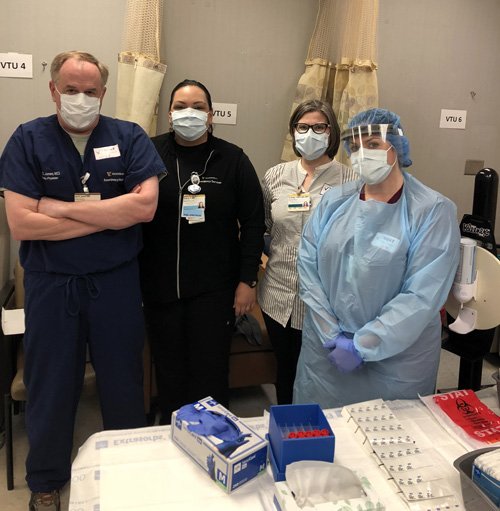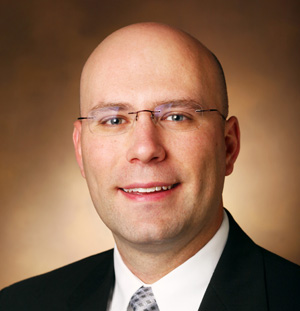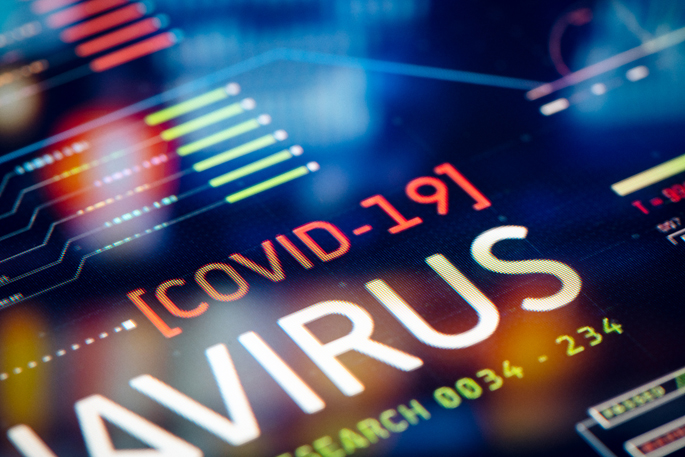by Nancy Humphrey
Many COVID-19 infections among health care workers go undetected, likely because many people infected with SARS-CoV-2, the virus that causes COVID-19, have mild or no symptoms, a study led by Vanderbilt University Medical Center’s Wesley Self, MD, MPH, shows.

The study, released this week in the Center for Disease Control and Prevention’s Morbidity and Mortality Weekly Report (MMWR), shows that antibodies against the SARS-CoV-2 virus were found in 6% (194) of 3,248 health care workers directly taking care of COVID-19 patients during the first several weeks of the virus’ spread in the United States.
The presence of the antibodies indicates a likely prior infection.
The health care workers were enrolled from 13 hospitals (including VUMC) in 12 states. Many of the health care workers with antibodies didn’t report symptoms of a viral illness in the preceding months or believe they were previously infected, suggesting high levels of undetected infections.
Of the 194 health care workers, 29% were totally asymptomatic (having no symptoms) and 44% who were positive didn’t believe they previously had COVID-19. Sixty-nine percent did not have a prior laboratory-confirmed diagnosis of SARS-CoV-2 infection.

“This study is significant in that it shows that many health care workers across the country who have had COVID don’t suspect they’ve had it and haven’t tested positive for it. So, they’re staying at work, and they’re interacting with patients and colleagues without realizing they are carrying SARS-CoV-2,” said Self, associate professor of Emergency Medicine.
The study enrolled health care workers who regularly had direct patient contact since February in hospital-based units across the U.S. caring for adult patients with COVID-19, including emergency departments, intensive care units and hospital wards. Forty-four percent were nurses, 28%, physicians, nurse practitioners or physician assistants, 7%, respiratory therapists, and 20%, other clinical roles. The median age of the participants was 36 and most (80%) reported no underlying medical conditions.
The Vanderbilt health care workers enrolled in the study were from the Emergency Department, the COVID stepdown unit in Medical Center East and the Medical Intensive Care Unit.
The antibody positivity ranged widely between participating hospitals — from 0.8% in three facilities to 31.2% in one facility, with higher numbers generally occurring at hospitals in communities with high local spread of COVID-19.
The risk of spread of the virus among health care workers correlated with shortages of PPE at some hospitals and inconsistent use of masks when interacting with patients, Self said.
Self said that 89% of participants reported wearing a mask during all clinical encounters in the week preceding enrollment. Fewer participants who reported using a mask for all clinical encounters had antibodies detected than those who reported not using a mask for all clinical encounters. In eight of the 13 hospitals, more than 10% of participants reported a PPE shortage
“Early on in the pandemic, a number of hospitals ran out of PPE, so the health care workers in this study not wearing PPE may not have had a choice,” Self said. “Clearly ensuring all front-line health care workers have access to PPE is important, as well as policies for universal mask use, not only when you are taking care of a patient you know has COVID, but universally when taking care of all patients.”
Now that testing is widely available, Self said he believes the clinical threshold for testing health care workers for COVID-19 needs to be lowered — meaning that those who are at high risk should be tested even when they don’t have symptoms.
There’s much to learn from this group of health care workers, he said.
“We didn’t know early on there were a large number of asymptomatic infections, and now we do, and we still don’t know if the asymptomatic people who have the virus are spreading it to others, but I suspect that’s a distinct possibility.”















